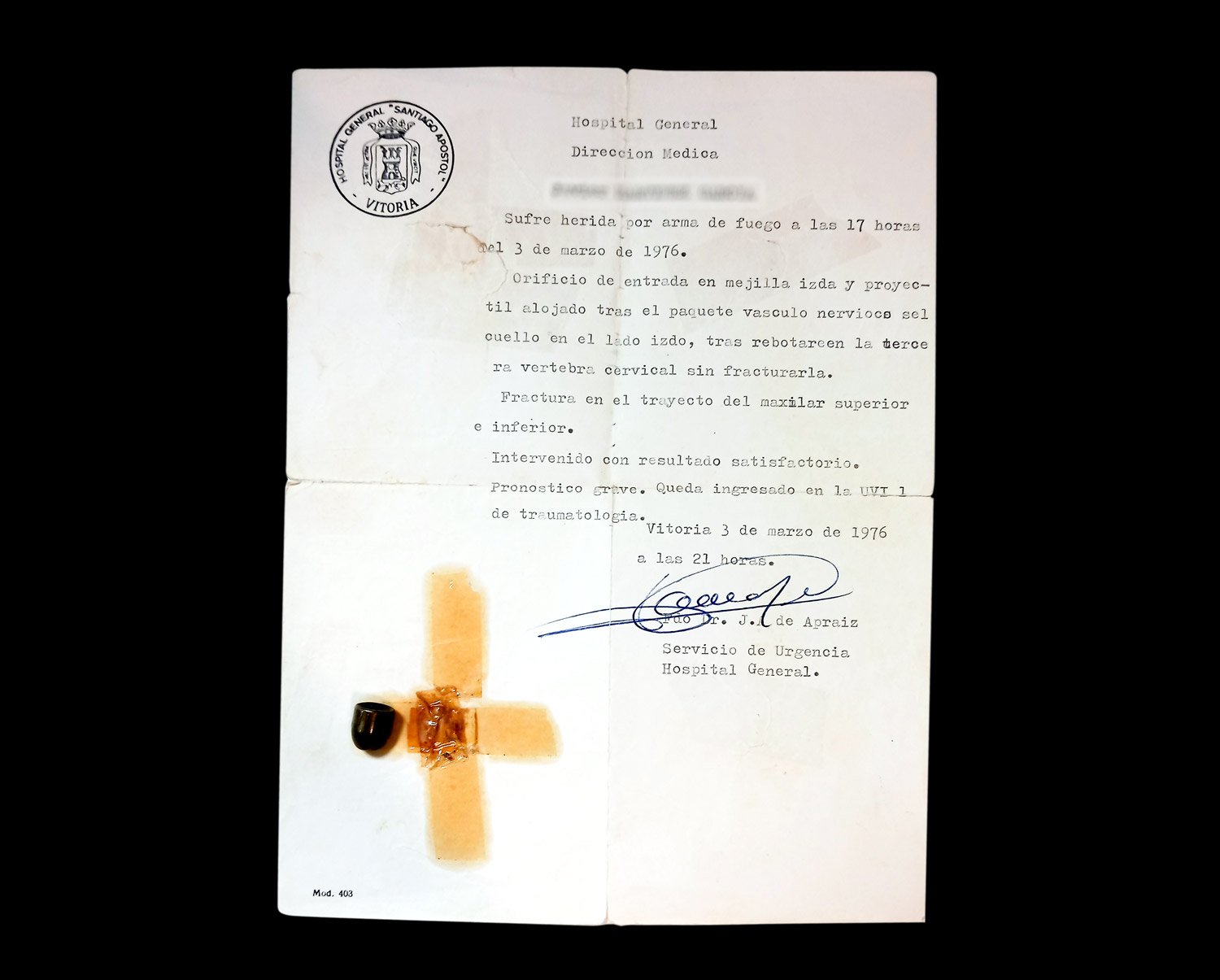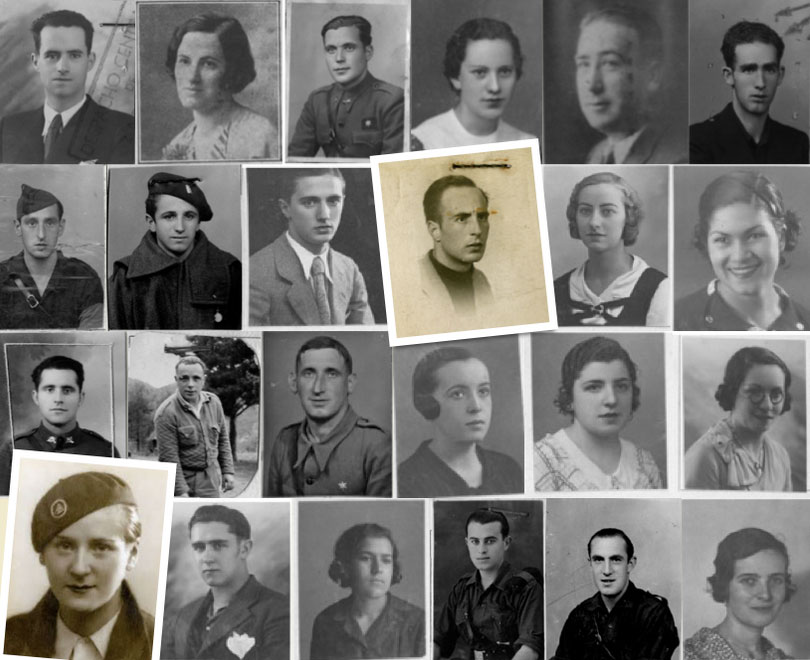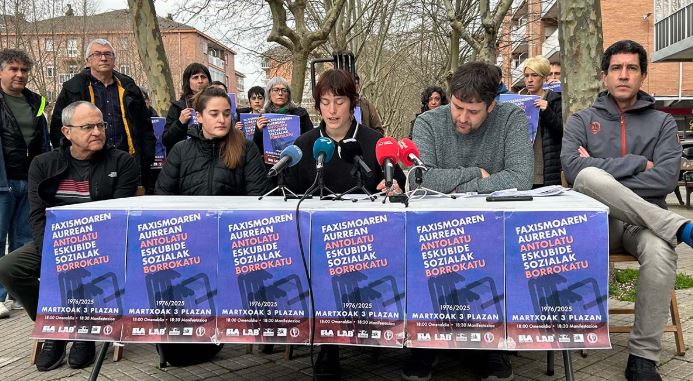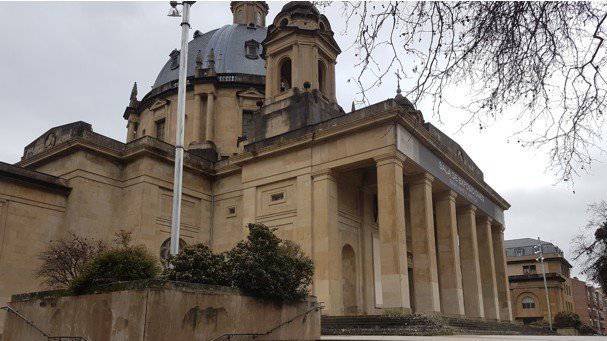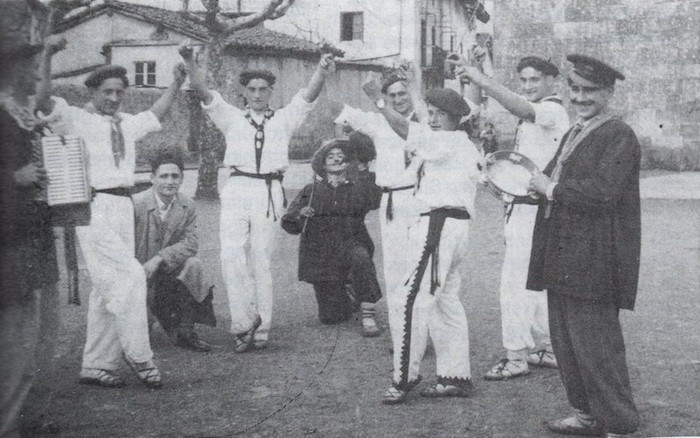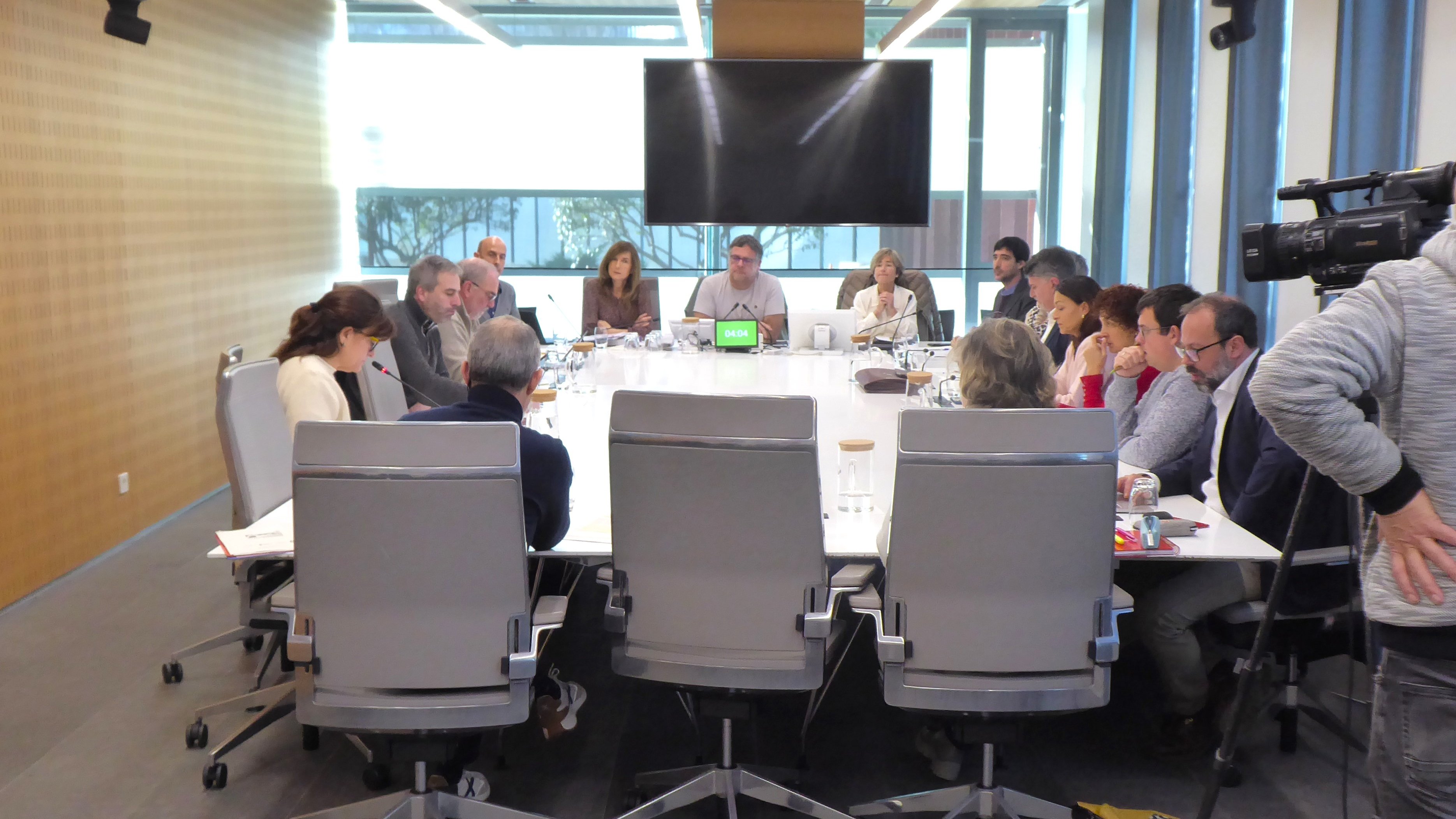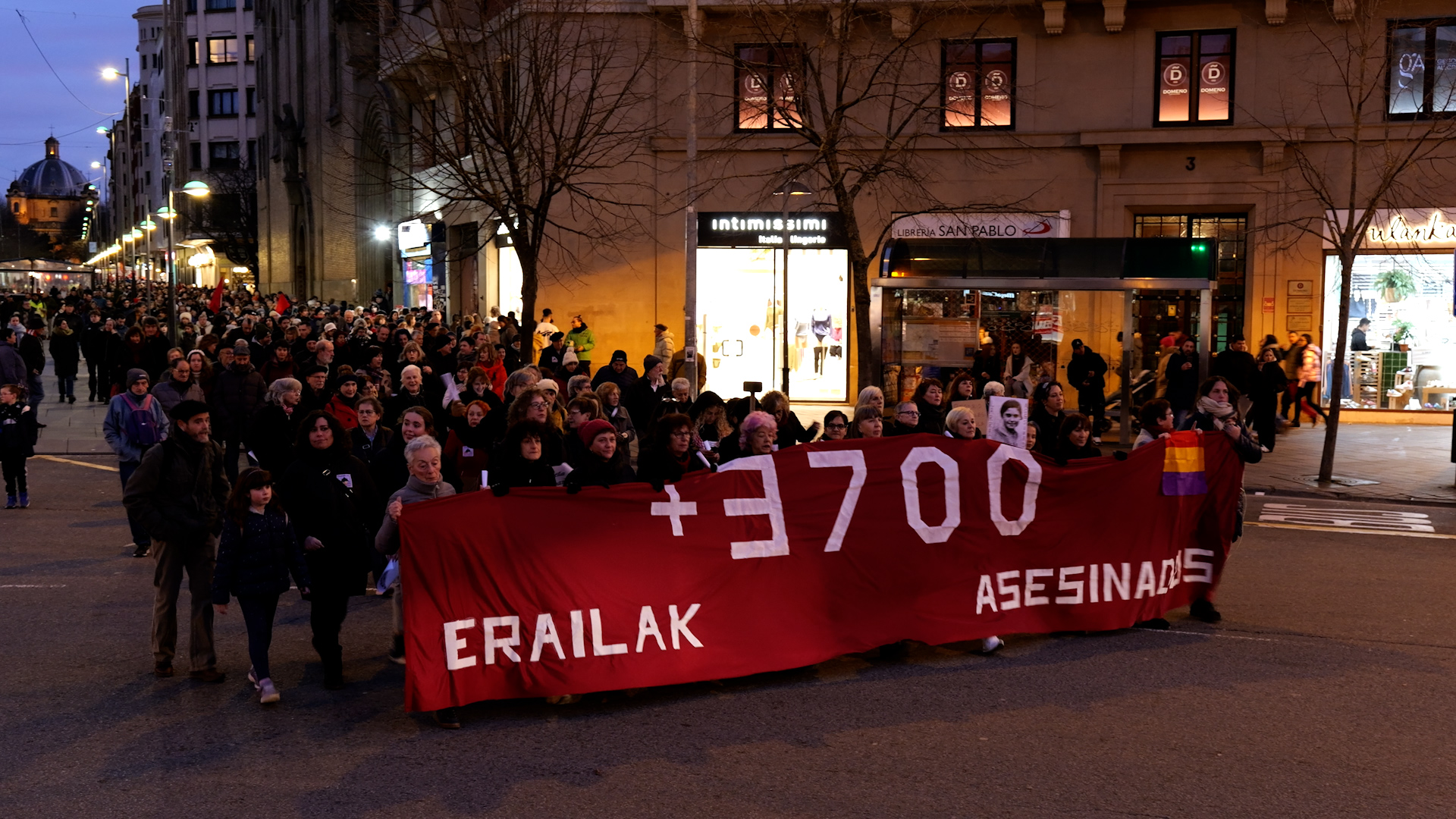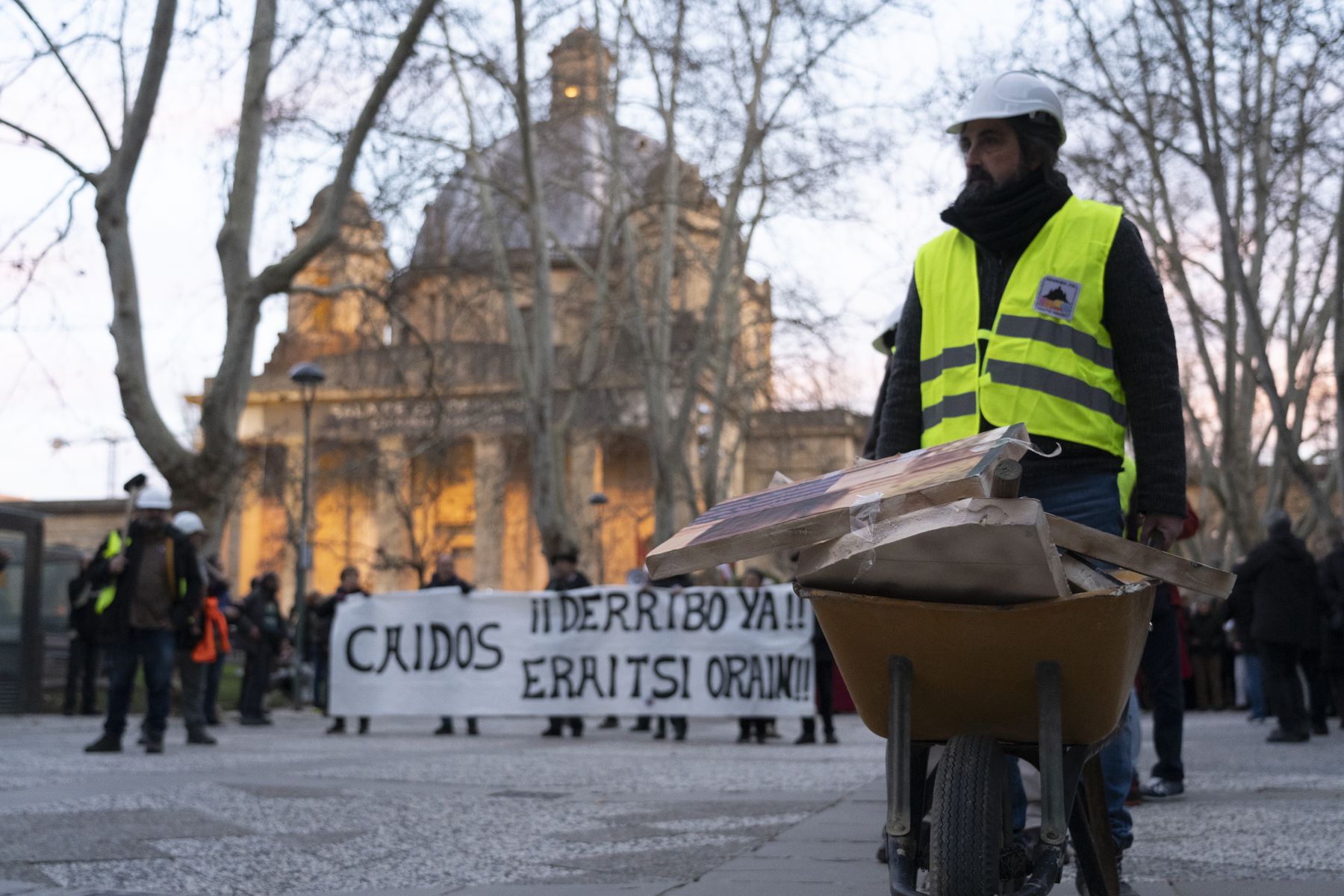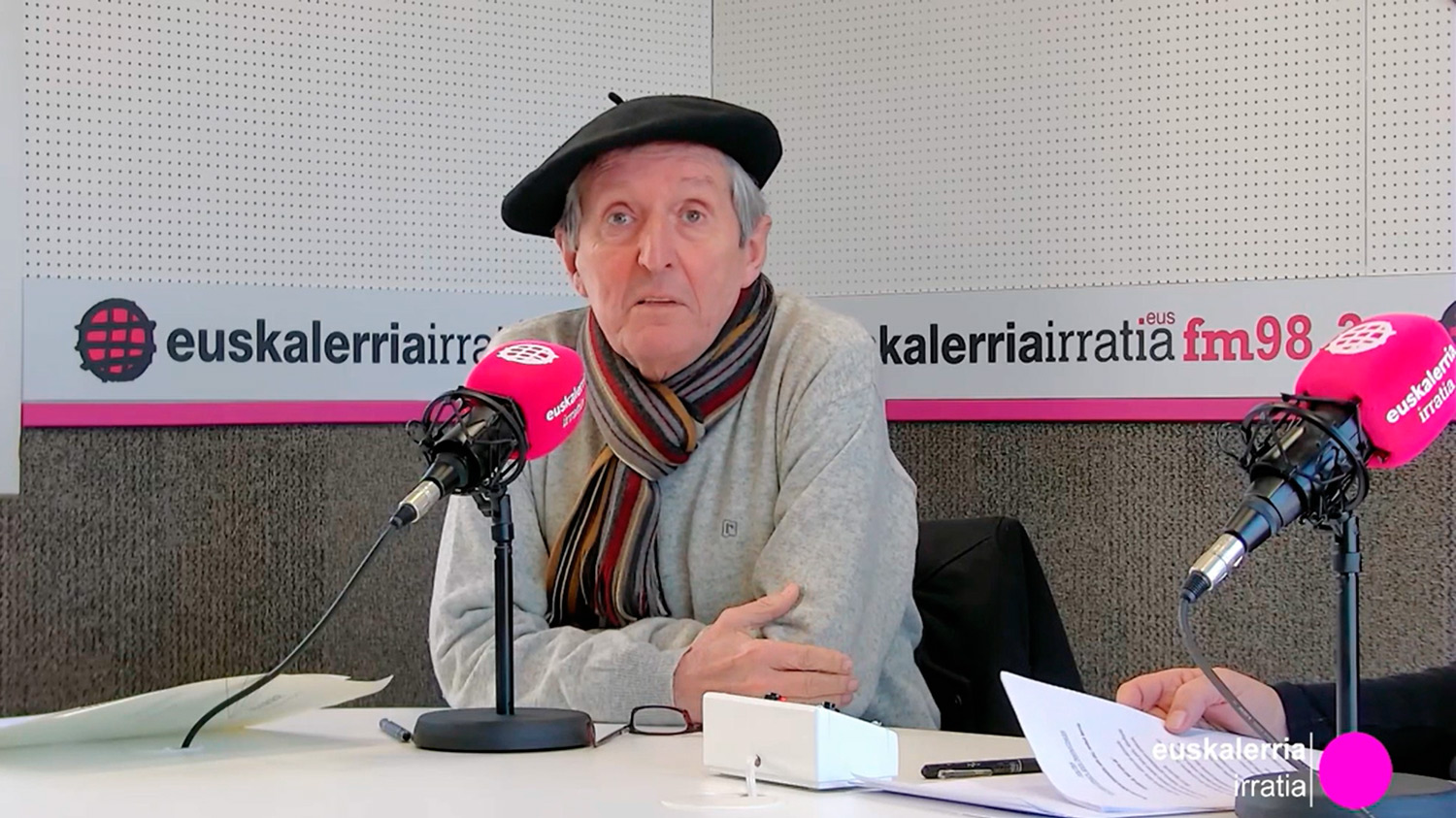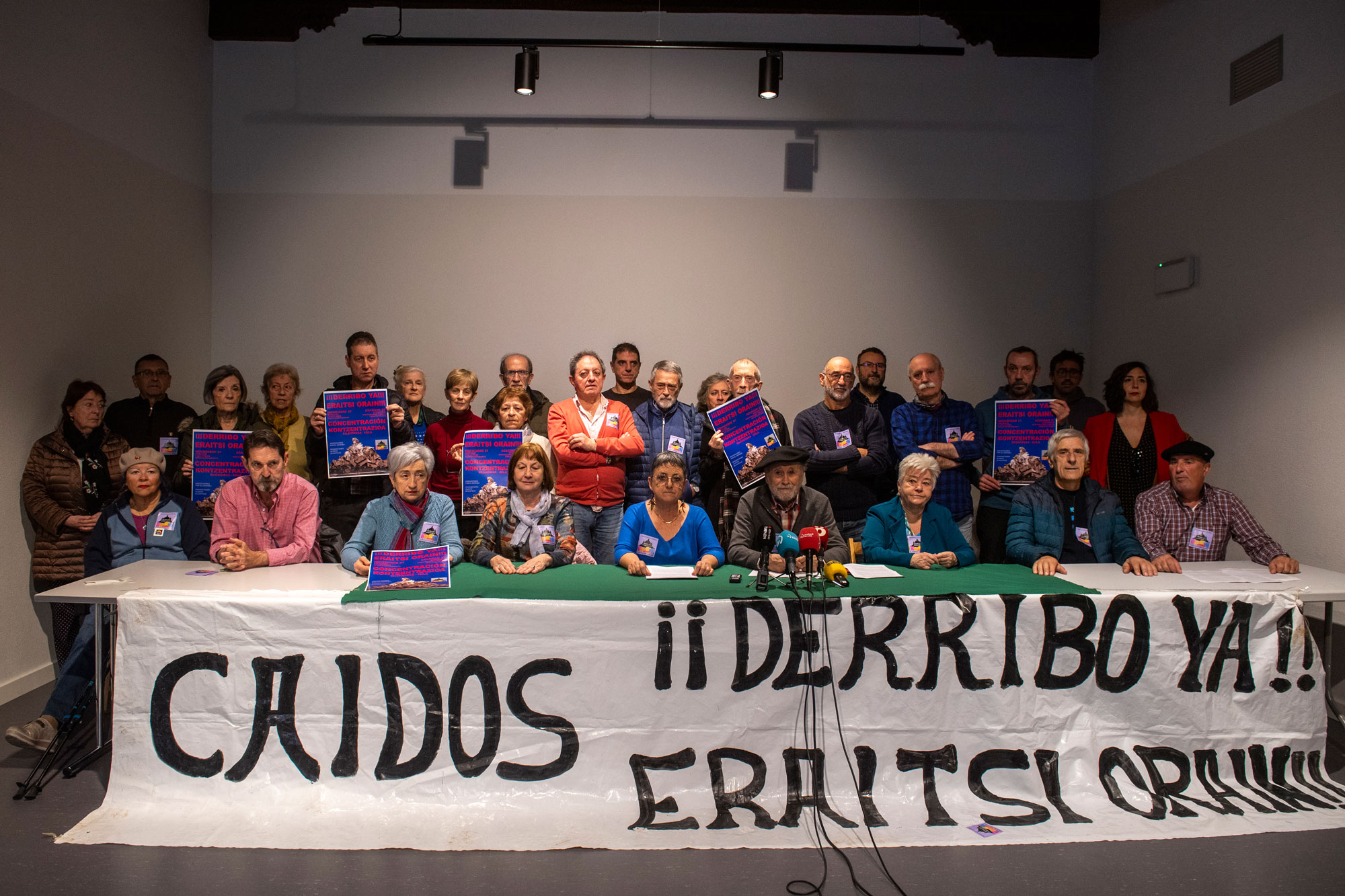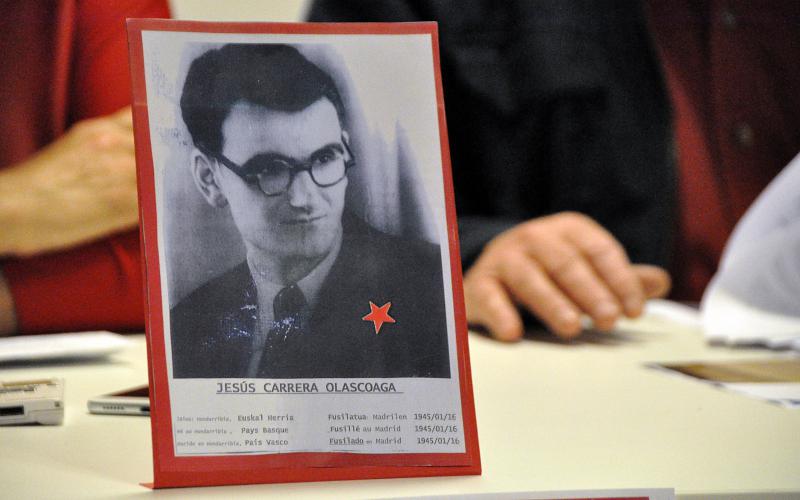"On Sunday we will show how the war lived in Berango"
- The Berango Iron Belt Memory Museum particularly celebrates its seventh anniversary. Next Sunday at noon, the warlike atmosphere led by visitors will be recreated until June 1937. The details were taken from the hand of Aitor Miñambres, director of the museum.

Since the opening of the Museum, Aitor Miñambres is its director. In particular, the doors were opened for the first time on 22 September 2012, and by the day of his birthday it was decided to recreate the atmosphere that could be in Berango from 11:00 to 15:00.
Why a historic recreation?
Since the fifth year we have celebrated anniversaries through initiatives related to historical memory. In the fifth, we gave a speech on the results of a study on the impact of the Civil War in Berango, and last year we organized a Gincan for boys and girls; following the trail, they arrived to Areneburu, that is, to the Iron Belt. On this occasion, we wanted to bring history closer to people, reinventing it, which is called "living history."
In the spring of 1937 in Berango. The information from that time would be obtained in the research you mentioned...
Yes. However, often, to bring that time to our day, we have to use the available resources. For example, if we imagine a hospital then, people have to be visitable, inside a tent, even though the real hospital was in a building. And in order to concentrate all the information that we have in our hand on a square, we need other resources.
There was a place from the Beran War Front.
That’s right, the front that was in the vicinity of Mount Jata, about ten kilometers away. We assume that the wounded soldiers and militiamen will be evacuated by the route we are dealing with, and that is why we wanted to represent the health care they were provided with, as well as that given to civilians injured by the bombings.
Bombing in Berango?
Yeah, we know it was like that and there was some death, but we don't know if they were originally from Berango or they were here. We don't even know their names. On the other hand, here was a factory weapon in the place where Eroski is now, as well as the important buildings of the Iron Belt, those of the head of Arenal. At that time the fascist offensive was harsh and food was limited. This was the situation that caused the most damage to the children; the Basque authorities decided to evacuate and remove some 40,000 children from Euskal Herria, some of whom were from Berango. On Sunday, among other things, we are going to represent a social assistance space of the Basque Government to those who went with their parents, the nurses gave them the medical examination, then an ertzaina accompanied them to the boat with the suitcase... We're going to demonstrate all that. We will also have the health center and bar of that time, among others.
So it's going to be a theater.
Regeneration, very similar to reality. The costumes of the participants will not be similar to those of then, but will be the same, or concrete reproductions, like the ones we have here in the museum. There are very rigorous studies that help us not to do anachronisms. About 30 people will perform this regeneration.
And who will take care of that work?
The initiative is organized by the Museum and the Berango City Hall (in short, it is a municipal museum) and the regeneration will be carried out by two associations, the two that are currently dedicated to this type of activity: Euzkadi and Lubakikoak fronts.
Have you talked about the living Berangoztars in war?
It's not that easy. The population of the locality has increased greatly in recent years and the percentage of indigenous population has decreased. On the other hand, the war took place 82 years ago; to find someone who has a memory of then, you have to look for people who are at least 90 years old. I do not, of course, think about finding someone who has been a Gudari or a militia. However, we have in place a project, which will be developed over the next twelve months, to carry out an exhaustive search of the berangoztars that can tell us their experience. We have already made a search for the way, but now we are going to look for them all, also those that at first seemed less important to us because of their age, but which now interest us.
Was the atmosphere of Berango, in 1937, a climate of total war?
It was absolutely necessary to know that there was war. The Iron Belt was very close, and there were people working there, even at the gun factory. They would listen to the guns of the front; from Jata to Barrika came the guns, according to testimonies, which had hit the headquarters of Barrika, from where it would have been heard. They would see the soldiers march, they would fight with their relatives, they were hungry ... Furthermore, we have testimonies of the withdrawal. A socialist militia wrote the memoirs of his life and said that while they were retiring, he had slept in the bell tower of the Berango church. When the sound of the bells woke up to him and his companions, they fled quickly, because they saw everything was empty and a woman told them that the fascists were coming down the mountain. Yes, there was war here.
1976ko martxoaren 3an, Gasteizen, Poliziak ehunka tiro egin zituen asanbladan bildutako jendetzaren aurka, zabalduz eta erradikalizatuz zihoan greba mugimendua odoletan ito nahian. Bost langile hil zituzten, baina “egun hartan hildakoak gehiago ez izatea ia miraria... [+]
Memoria eta Bizikidetzako, Kanpo Ekintzako eta Euskarako Departamentuko Memoriaren Nafarroako Institutuak "Maistrak eta maisu errepresaliatuak Nafarroan (1936-1976)" hezkuntza-webgunea aurkeztu du.
Tafallan, nekazal giroko etxe batean sortu zen 1951. urtean. “Neolitikoan bezala bizi ginen, animaliez eta soroez inguratuta”. Nerabe zelarik, 'Luzuriaga’ lantegian hasi zen lanean. Bertan, hogei urtez aritu zen. Lantegian ekintzaile sindikala izan zen;... [+]
Eraispenaren aldeko elkarteek manifestazioa antolatu dute larunbatean Iruñean. Irrintzi Plazan manifestazioaren deitzailea den Koldo Amatriarekin hitz egin dugu.









